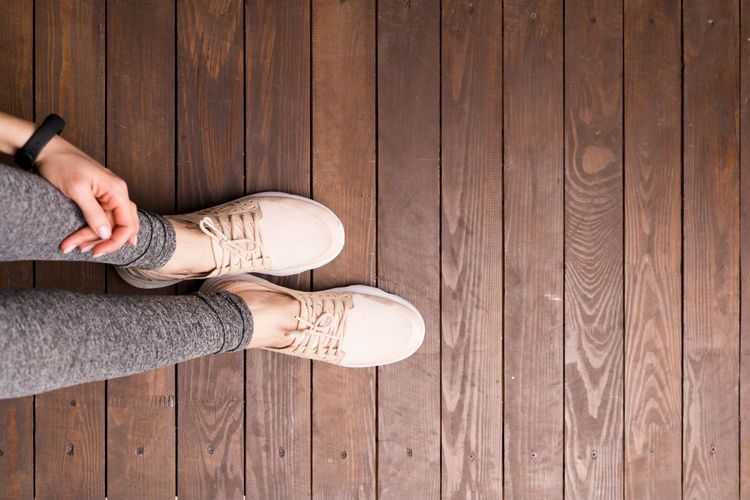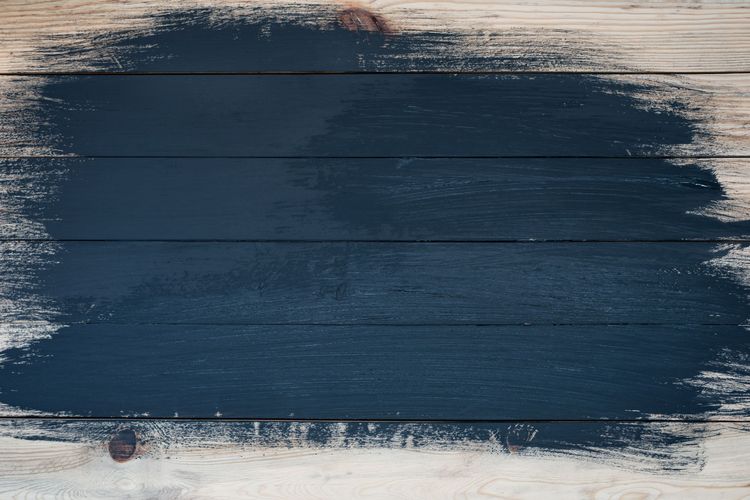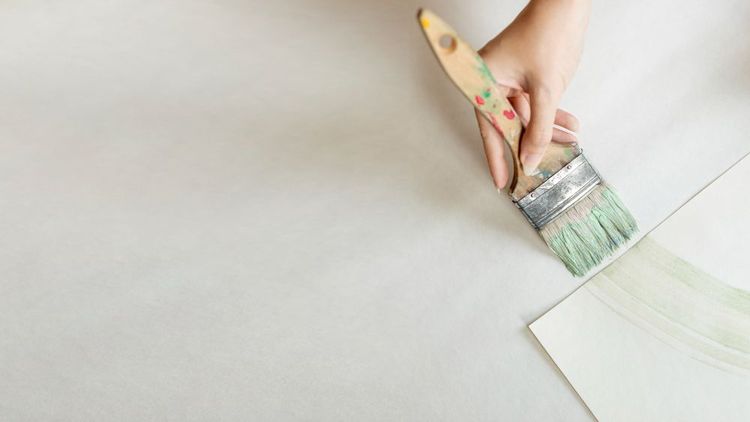How to Choose the Right Color for Your Wooden Floor
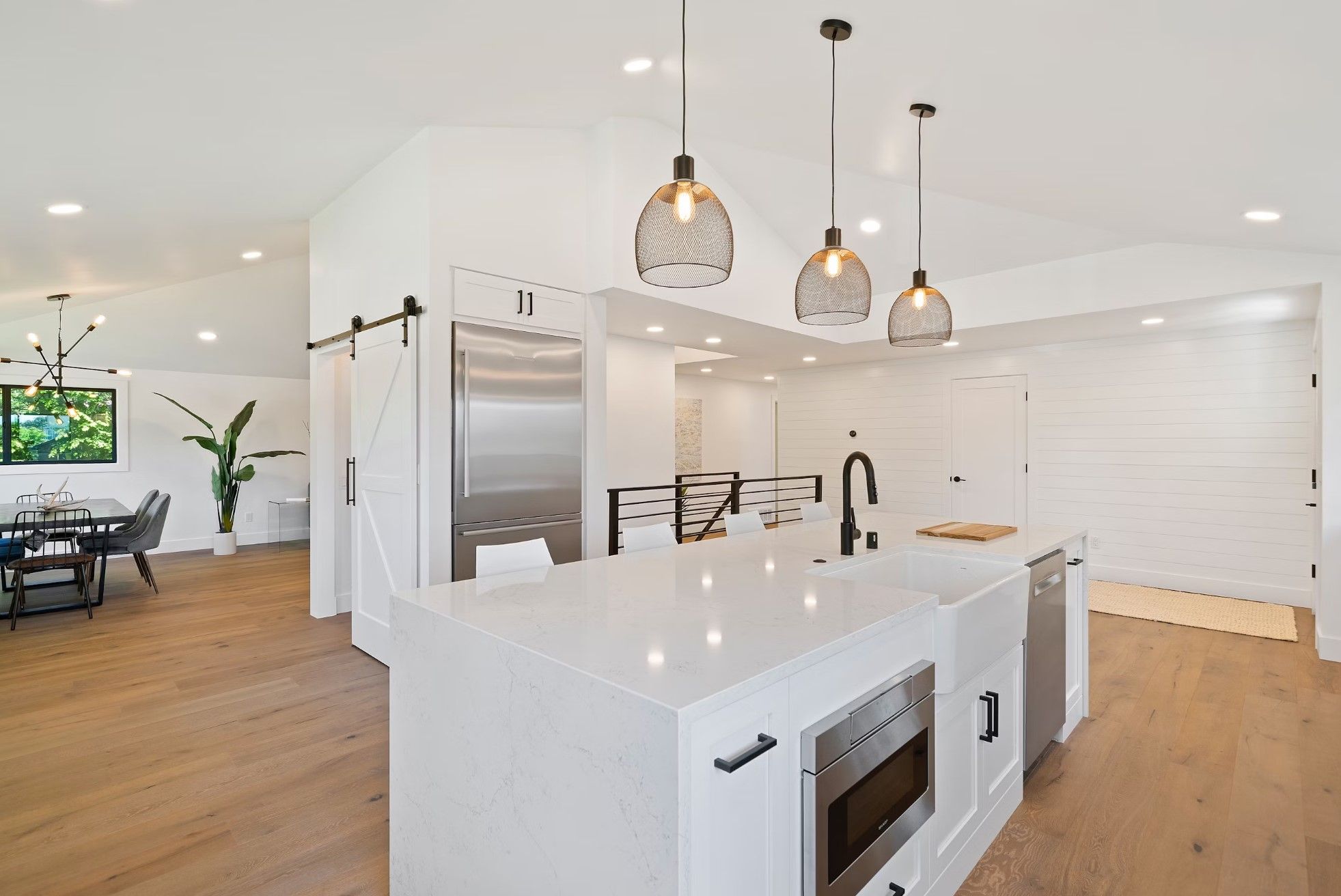
Selecting the perfect color for your wooden floor is a crucial design decision that impacts the entire atmosphere of your home. The right shade can make a room feel cozy, spacious, modern, or classic. With numerous options available - from light oak to dark walnut and various stains in between - making the right choice requires careful consideration of several factors.
Consider the Size and Lighting of Your Space
The color of your wooden floor significantly affects the perceived size of a room. Light-colored floors such as white oak, ash or maple tend to make small rooms appear more spacious by reflecting natural light and creating an airy atmosphere. These shades work particularly well in Scandinavian, coastal or minimalist interiors where brightness is key.
For those seeking a balanced, versatile option, medium-toned woods like walnut, hickory or cherry offer warm, inviting qualities that complement most color schemes. These intermediate shades have the practical advantage of hiding dust and minor scratches better than extremely light or dark floors, making them suitable for traditional, rustic or transitional decor styles.
Dark floors in ebony, espresso or dark walnut finishes create a luxurious, dramatic ambiance perfect for large, well-lit spaces. However, in smaller rooms or areas with limited natural light, very dark floors can make the space feel somewhat confined. These rich tones work exceptionally well in modern or industrial design schemes where a bold statement is desired.
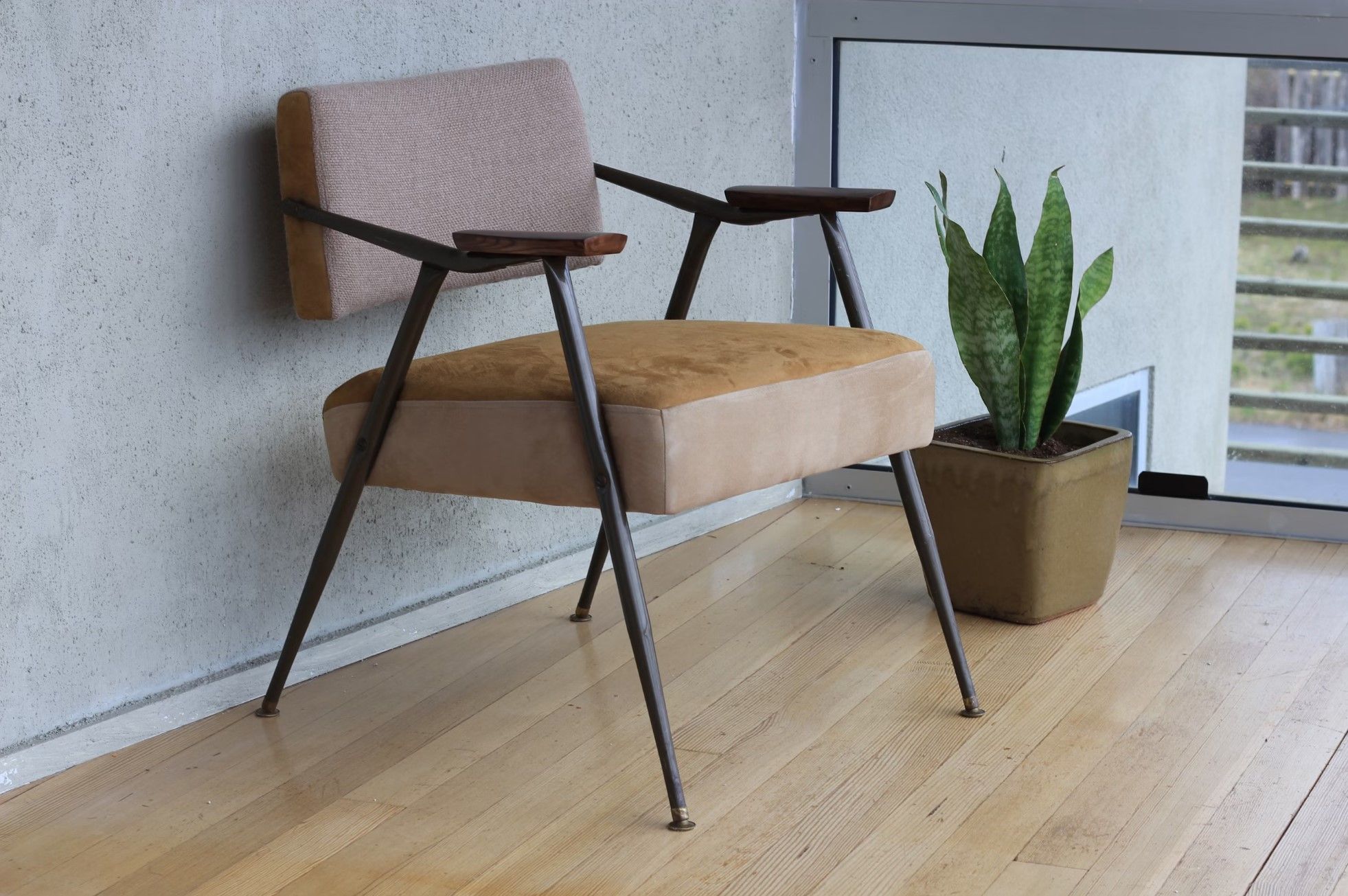
Align Floor Color with Your Interior Style
Your flooring should harmonize with your overall design aesthetic. Modern and contemporary interiors typically benefit from light gray or whitewashed oak floors with sleek, uniform tones and minimal grain variation. These clean lines complement the uncluttered nature of contemporary design.
Rustic and farmhouse styles call for warmer medium browns like reclaimed oak or hickory, often with distressed or wire-brushed textures that enhance the casual, lived-in feel. Traditional and classic interiors shine with rich, reddish-brown tones such as cherry or mahogany, frequently finished with a glossy sheen for added elegance.
Scandinavian design principles favor pale, natural wood tones like white oak or ash, typically with matte or lightly stained finishes that emphasize simplicity and connection to nature. Industrial spaces, on the other hand, often incorporate dark, smoky tones like charcoal or espresso in wide-plank formats with visible knots and character marks that complement the raw, urban aesthetic.
Coordinate with Furniture and Wall Colors
Achieving a cohesive look requires careful consideration of how your floor color interacts with existing or planned furniture and wall treatments. Light floors create beautiful contrast when paired with bold, dark furniture, while soft pastel or neutral walls maintain an airy, relaxed atmosphere.
Dark floors work best when balanced with light-colored furniture to prevent spaces from feeling too heavy or enclosed. Warm wall tones in beige, cream or soft gray help ground these dramatic floors while maintaining warmth. Medium-toned floors offer the greatest flexibility, harmonizing with both light and dark furniture and adapting well to nearly any wall color.
A professional tip for making your final selection: obtain physical wood samples and evaluate them in your actual space at different times of day. Observe how the color changes under various lighting conditions and against your furnishings. Many homeowners find that wood tones appear significantly different in their home environment compared to showroom displays.
Evaluate Maintenance Requirements
Practical considerations should factor into your color decision. Light floors have the advantage of making dust and pet hair less noticeable, though scratches may be more apparent on pale finishes. Dark floors, while elegant, tend to show every footprint and dust particle, requiring more frequent cleaning. However, some homeowners appreciate how scratches on dark floors can add character in rustic settings.
For busy households, medium-toned floors often prove most forgiving. Their balanced coloration helps mask everyday wear while providing enough depth to anchor a space. Matte or textured finishes on these intermediate tones further enhance their ability to conceal minor imperfections.
Current Trends in Wood Floor Colors
For those interested in contemporary options, current trends include warm light tones like blonde oak and honey maple that bring sunshine into interiors. Neutral grays in weathered oak or driftwood finishes offer a modern, sophisticated alternative to traditional browns. At the darker end of the spectrum, deep moody hues such as black-stained oak or dark chocolate create dramatic backdrops for modern spaces.
The growing appreciation for natural materials has also boosted popularity of raw, untreated wood floors that showcase the material's authentic character. These unfinished options work particularly well in eco-conscious designs seeking to minimize chemical treatments.

Final Recommendations
Selecting the ideal wood floor color ultimately depends on finding the right balance between aesthetic preferences and practical considerations. Light floors excel at opening up smaller spaces, dark floors make bold design statements, while medium tones provide reliable versatility.
Before making your final decision, take advantage of sample programs offered by flooring suppliers. Many manufacturers now provide augmented reality tools that allow you to visualize different floor colors in your actual space through smartphone apps. This technology can be invaluable in helping you preview how various options will look with your existing decor.
Remember that wood flooring is a long-term investment, so choose a color you'll enjoy living with for years to come. If you're torn between options, consider how each choice aligns with your lifestyle, maintenance tolerance, and overall design vision. With careful consideration of these factors, you'll find the perfect wood floor color to enhance your home's beauty and functionality.

